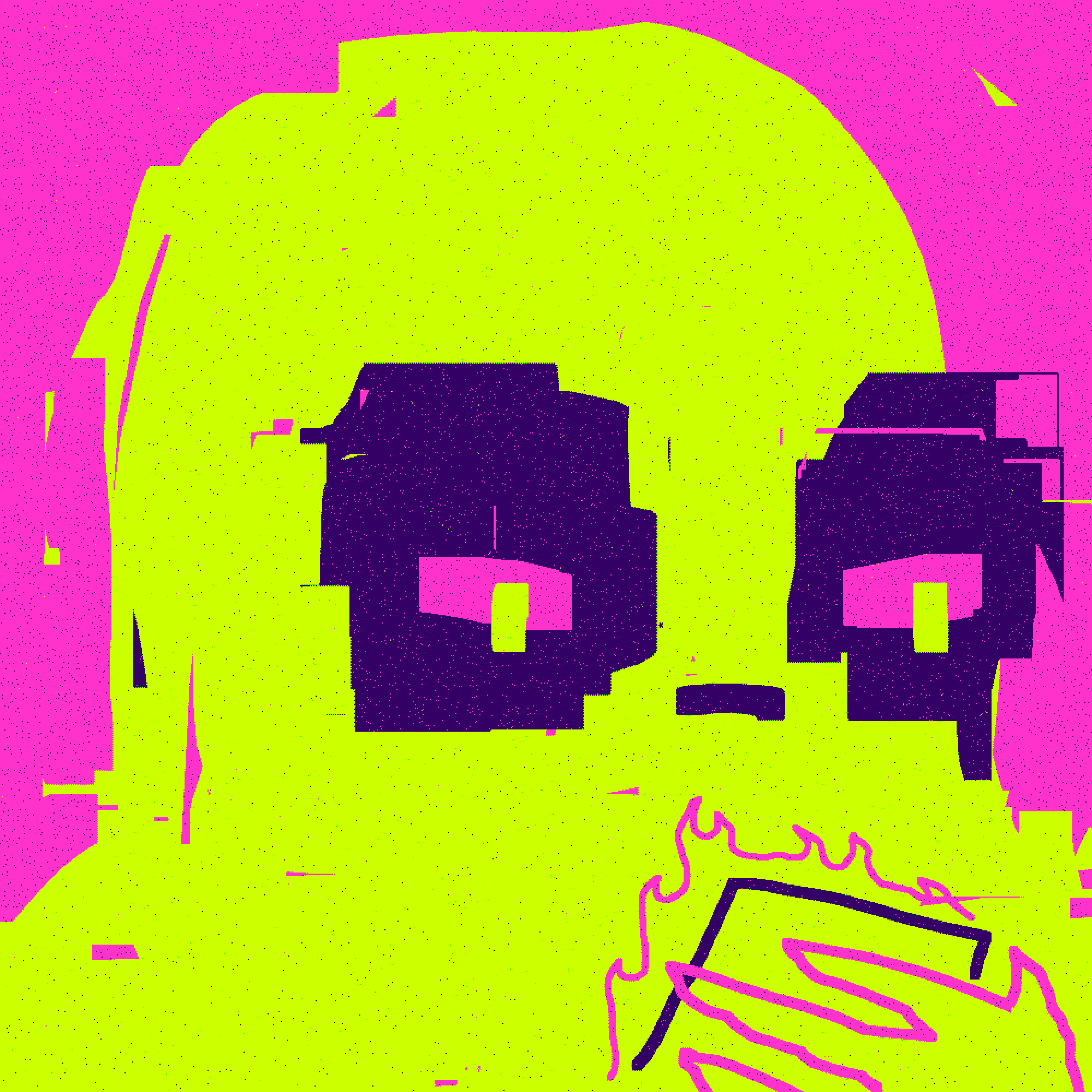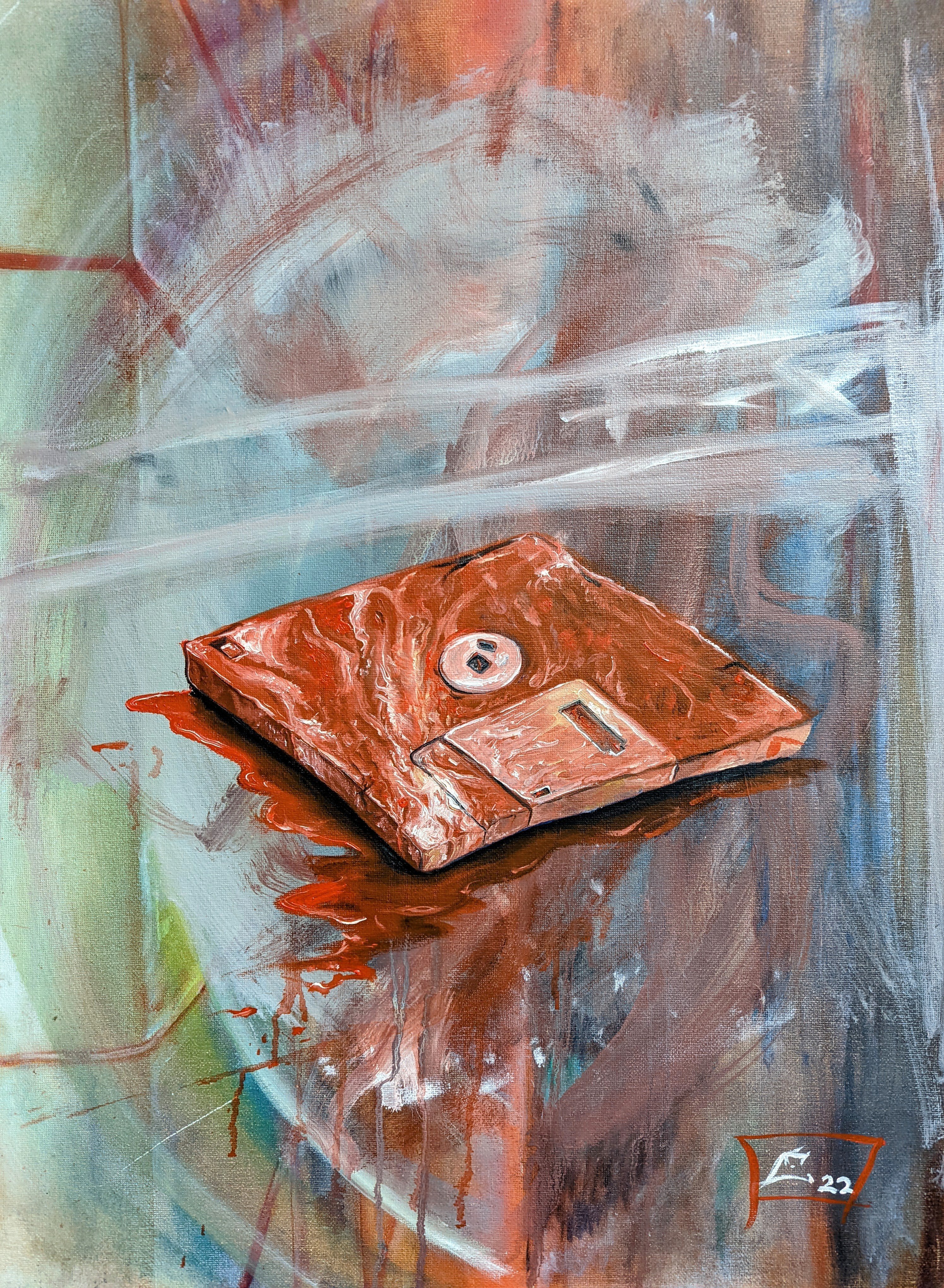
Above: “MOMA, New York” by eschipul is licensed under CC BY-SA 2.0
The future of cryptoart as art
Back in April of this year, I found a job posting that caught my eye. The MoMA was looking for a Web3 associate. No word on if they filled the position (if you’re MoMA’s Web3 associate, hit me up), but the role itself struck me as important–an institution as integral to the trad art world as the MoMA searching for someone who knew a thing or two about NFTs pointed to a shift: The influence of underdog cryptoart was finally going mainstream.
As more institutions like the MoMA dip their toes into the cryptoart waters, even art that isn’t digitally native may increasingly come to live on-chain. The separation between cryptoart and art looks more arbitrary to me by the day, and maybe it always was; cryptoart is still art, after all. Does the crypto qualifier even devalue artwork by assigning it to a category separate from “real” art? It depends on how you look at it. Artists who mint their work on-chain are already smacked with false accusations by the technophobic and ignorant–it’s not real art, those critics say, embarrassingly unable to differentiate between an XCOPY and a Bored Ape clone. It’s just a cash grab–they never thought of digital art as art to begin with, NFTs or otherwise. But then again, photography wasn’t considered art for years, either. Eventually, figures like André Bazin (in his 1960 essay “The Ontology of the Photographic Image”), would argue that photography is the most important artistic innovation to date. Look how far we’ve come. There’s something exciting and subversive about the reclamation of the word “art” by the cryptoart community, an assertion of identity and legitimacy outside the purview of museums, MFA programs, and brick and mortar galleries where artists don’t even earn royalties. Now, the artists who deserted those ineffective institutions for Web3’s greener pastures get to watch the trad art wardens crawl back, their tails between their legs, begging for a piece of the action. It’s their turn to assimilate.
Cryptoart is closing in on its Bazin moment. Astute observers saw it coming back when Beeple sold big at Christie’s, but the signs have existed for longer: punk activist influencers like Nadya Tolokonikova embraced NFTs during a time when most of her political contemporaries decried them, celebrities like Paris Hilton have become some of the most well-known collectors of NFTs, and alternative cryptoart communities (like those found on Tezos) are full of young, queer, BIPOC artists—traditionally, the too-cool-for-school predictors of trends and tastes. The cultural blocks that signal mass adoption have been stacking up for years. Just in time for the Ethereum merge, a merge between art scenes is coming, too.
Now, we see heated discussion about where other types of art stop and where cryptoart begins, with the language around it being far from static. Once a word describing off-chain art about cryptocurrencies, cryptoart came to refer to a movement of blockchain native art with the establishment of fine art-focused NFT marketplaces. Now, some artists and collectors define cryptoart even more specifically as digital art that utilizes NFTs as a medium, and that aesthetically and philosophically reflect the interests of the crypto space. Is a JPEG of an oil painting, scanned and minted on SuperRare, cryptoart? By some emerging definitions, no. We may already be entering the next era of adoption, where NFTs are both a practical tool for distributing art and a medium in and of themselves, and not always at the same time. The words that once served the cryptoart community with a degree of certainty now find themselves developing alongside it–a rewrite of the lexicon could be on the horizon.
The role of blockchain in the art world is less murky than when SuperRare was founded in 2018, even less murky than a year ago when the DAO went live. Recent NFT acquisitions by museums like LACMA, the presence of NFTs at events like 2022’s Art Basel in Switzerland, and the adoption of NFTs by artists ranging from Takashi Murakami to Marina Abramovic seem to signal cryptoart’s trajectory. Even legacy galleries, arguably the greatest gatekeepers of all, are diving in. Taglialatella, for example, has not only collaborated with SuperRare on two IRL exhibitions, but the gallery is launching its own SuperRare Space. An optimistic experiment in decentralized art curation, Taglialatella’s participation suggests that the trad art world is capable of adopting Web3 ethos. Once the niche interest of visionary tech enthusiasts, DeFi investors, and digital artists seeking better opportunities, blockchain has developed into a tool that showcases the power people can cultivate when they work together. Cryptoart is surviving the recent bear market, even as NFT collectibles crash around it. Art doesn’t play by the same economic rules as other assets, because art will always have value beyond the monetary. The enduring power of cryptoart is not dependent on a profit model that lines the pockets of the powerful, but rather altruistic creativity from the people who care about the space, a booming fuck you to anyone who dares stand in the way of progress.
The value of currency may fluctuate, but if cryptoart doesn’t actually make it, the market won’t be the culprit. People determine the worth of their communities, and it’s up to these communities of artists, collectors, and curators to safeguard against opportunists, to protect one another, and to learn from the greed that motivated so much of the old art world. Structures like the SuperRare DAO intend to allow those people to remain empowered, to enable the critical marriage of art and revolution. It isn’t just about a single artistic community. It’s about art as a whole, how we can find a way to uplift all artists and break the patterns that have become inherent to engaging with art under capitalism. I know the presence of art on the blockchain is an unavoidable facet of the future–the question lies in whether or not people will twist art’s next evolution into an imitation of what they labored to kill. Whatever the answer ends up being, it will change art. Forever.

Oliver Scialdone is a queer writer and artist based in Brooklyn, NY. They earned a dual-MFA from The New School, and their work can be found in Peach Mag, ImageOut Write, and elsewhere. They used to host the reading series Satellite Lit and they're the Associate Editor at SuperRare Magazine.
Art

Curated Conversations: ALIENQUEEN
SuperRare Labs Senior Curator An interviews ALIENQUEEN about psychedelics, death, and her journey in the NFT space.
Tech


Out of the Vault and onto the Chain: the Evolving Nature of Provenance
SuperRare editor Oli Scialdone considers the social experience of provenance and its relationship with community in the Web3 space.
Curators' Choice



Curated Conversations: ALIENQUEEN
SuperRare Labs Senior Curator An interviews ALIENQUEEN about psychedelics, death, and her journey in the NFT space.





